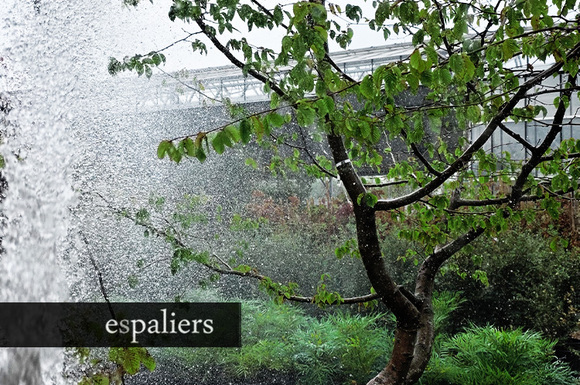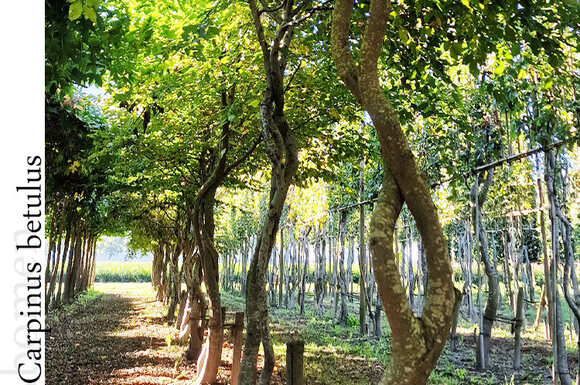1 Are Fertilizers Necessary?
Under ideal conditions, fertilizers are completely unnecessary in nature. This applies not only to trees but to plants in general.
Nature operates in a circular system and provides its own nutrients. The key elements that plants absorb from the soil are primarily nitrogen and minerals. These support the development of plant tissue, which is largely composed of carbon captured from the air through photosynthesis. These building blocks are found in organic matter and become available to plants as that material breaks down.
In our gardens, however, the situation is quite different.
Garden soil is often imported, compacted, or partially contaminated during the construction of the house.
In addition to disrupted structure, soil life is frequently disturbed, and construction residues such as cement may remain in the ground.
Natural processes are further hindered by the removal of fallen leaves.
No matter how many fertilizers are added, it’s not a sustainable solution without proper soil structure.
A healthy soil structure is created by living organisms that break down organic matter, supported by an optimal air-water balance.
A living soil therefore provides nutrients that are absorbable by plants.
Both soil life and the air-water balance can be supported by specific substrates and, in some cases, interventions such as drainage or structural adjustments.
2 When Should Fertilizers Be Added?
Soil life consists of living organisms—besides animals, mainly earthworms, insects, bacteria, and fungi.
Thanks to them, the elements needed for plant growth become more available and absorbable by the roots.
Adding nutrients to the soil makes sense under the following conditions:
When there is a deficiency or imbalance
When the nutrients are absorbable by the plant
When the soil structure and life support nutrient availability
The good news is that nature in our regions usually handles this process on its own. We can help support it, allowing for a quicker transition to healthy, living soil.
A healthy soil is not achieved by adding fertilizers, but by adding and supporting life and organic matter.
Soil organisms convert that organic matter into nutrients that plants can absorb.
In nearly all cases, organic fertilizer is the most suitable option.


